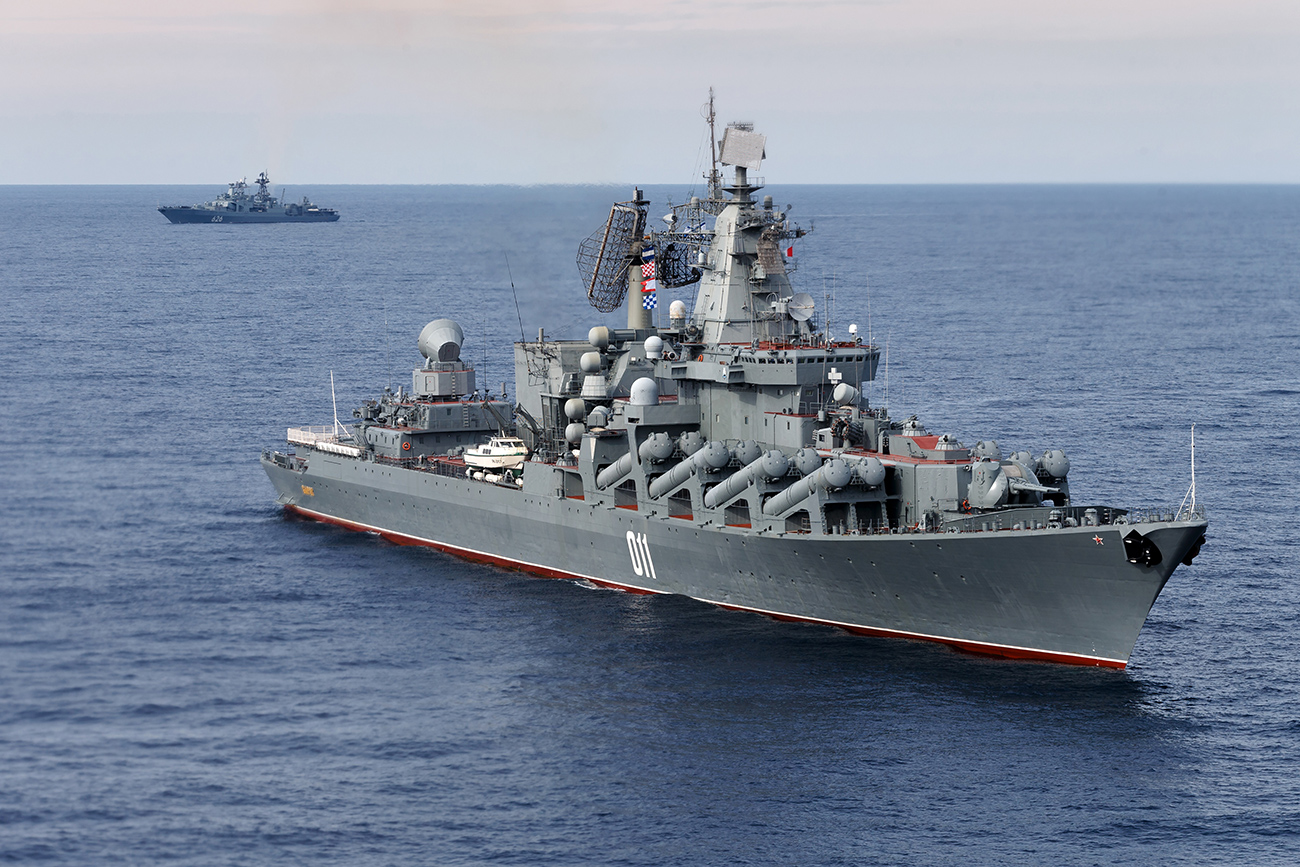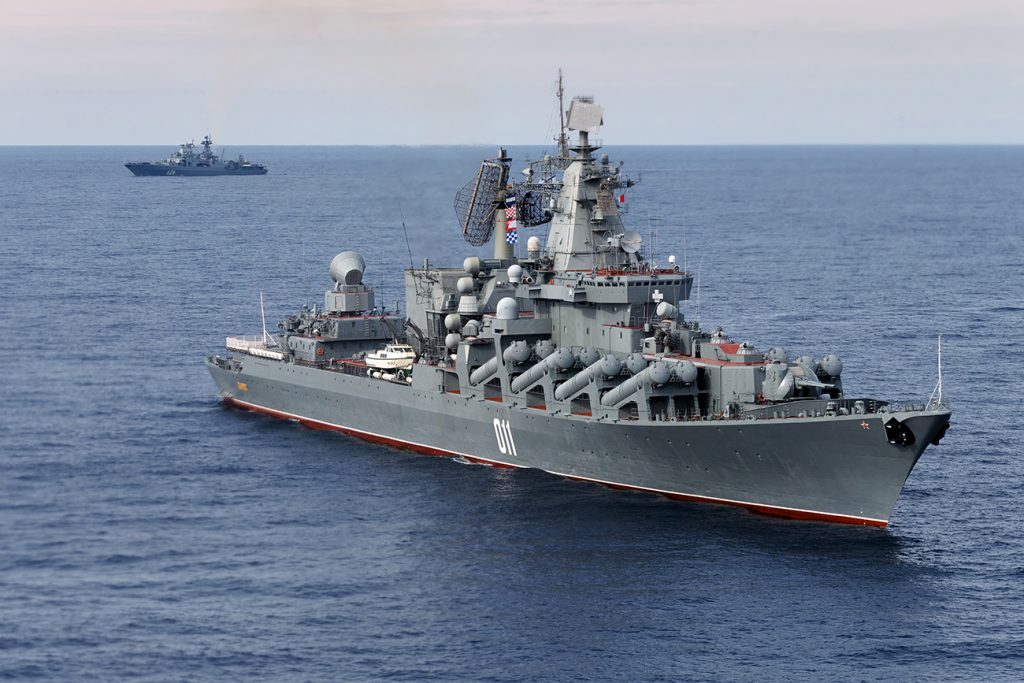Source: USNI
By Lieutenant Commander Jeffrey R. Frost, U.S. Navy
The Black Sea is a challenging operational environment for the U.S. military because of its confining geographical features, Russia’s established military dominance in the region, and the restrictions placed on the U.S. Navy as a non-Black Sea nation by the Montreux Convention of 1936. Overcoming these challenges and developing a strategy to deter and, if required, defeat, Russia in this region requires a new approach to U.S. thinking about naval strategy.
An analysis of the Soviet Navy’s historical development offers insight into how a weak naval power can nullify a superior maritime adversary by denying it access to the littorals and chokepoints, rather than attempting to dominate the entire maritime environment with the objective of projecting power ashore and securing sea lines of communication (SLOC). It also offers U.S. naval planners an opportunity to learn from their former Cold War adversary to counter the disruptive Russian threat to the post-Cold War international order.
The Soviets developed their early maritime capabilities for confined bodies of water, such as the Black and Baltic seas, and, more importantly, from a position of relative weakness in numbers of ships, crews, and experienced naval officers compared to their European rivals. The U.S. Navy should examine the lessons learned by these early Soviet naval strategists and the unique insights gained from the constraints of geography and geopolitics placed on them, so as to adapt them into an effective U.S. and allied approach these bodies of water.
Read more at: https://blog.usni.org/posts/2019/05/28/developing-a-black-sea-strategy


